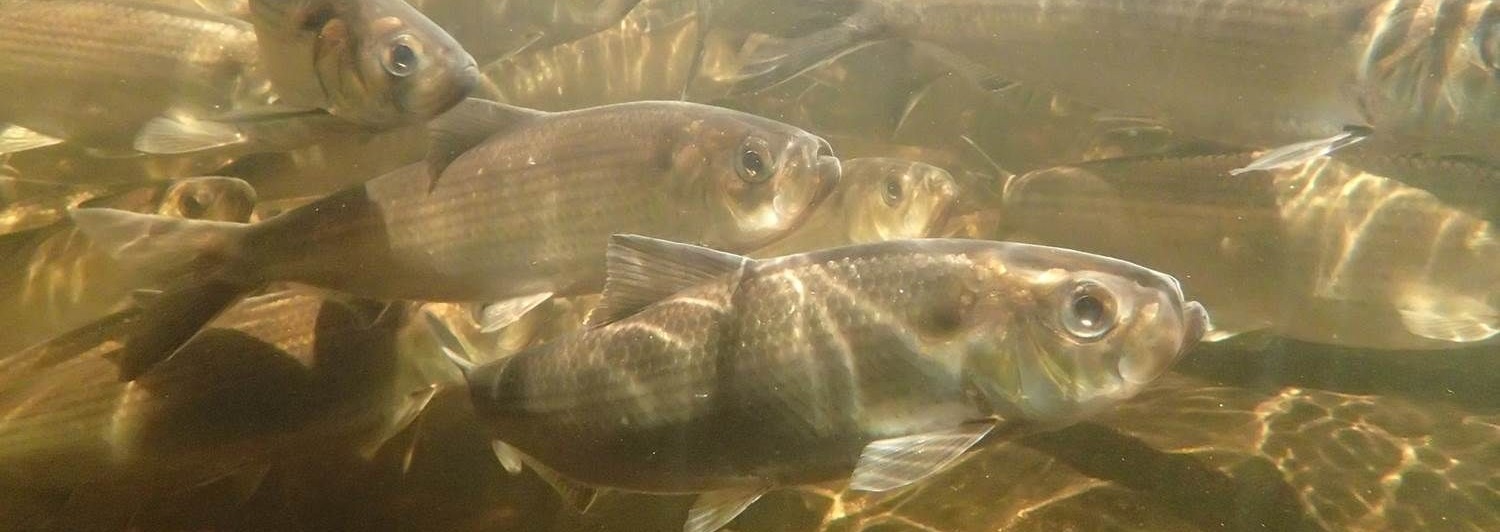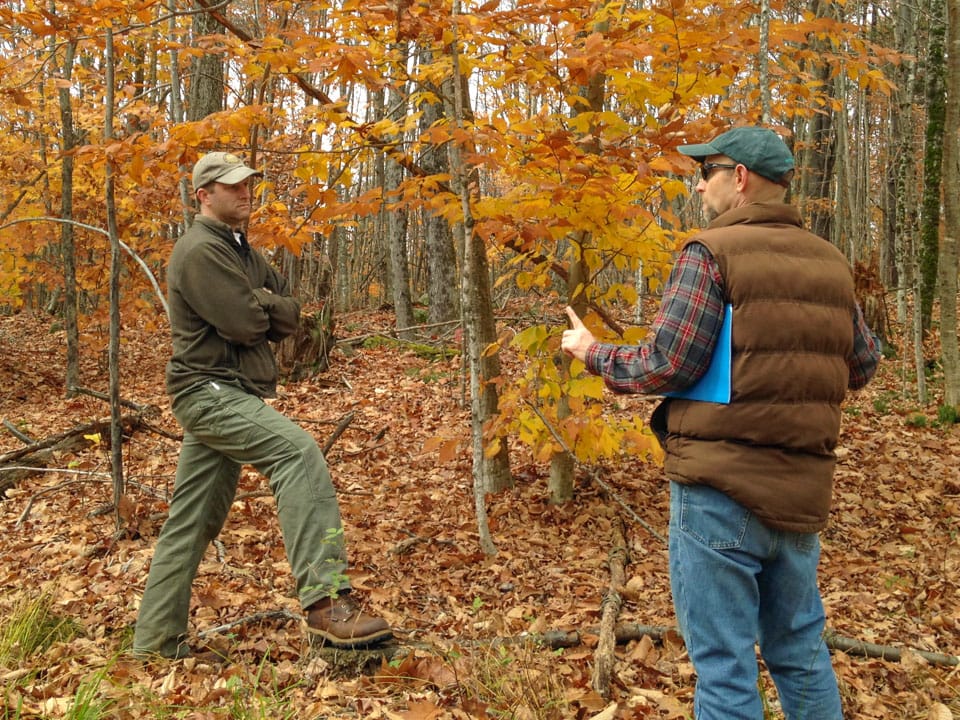Join The Small Sit, Manomet’s virtual science series, each month as we learn about the wonders of why birds migrate, the importance of river herring in coastal food webs, and so much more!
Spring is here, which means sea-run river herring are returning to coastal rivers and streams across the East Coast! Join Emily Farr, Senior Fisheries Program Manager, and learn about efforts to monitor and steward river herring across the Gulf of Maine.
Restoration of river herring is critical to rebuilding coastal ecosystems and strengthening climate resilience as the Gulf of Maine continues to warm. Manomet supports community-driven river herring restoration and is tracking the impact of such efforts on river herring abundance and coastal food webs.
River herring is a collective term for two species, alewives and blueback herring. They are anadromous, which means they live primarily in the ocean and migrate upstream each spring to spawn in freshwater lakes and ponds before returning to the ocean. Historically, they have been foundational species in the Gulf of Maine ecosystem, comprising an important source of forage, along with marine species such as Atlantic herring and menhaden, for birds, mammals, and commercially valuable species including cod and haddock. Over the last four hundred years, dams, offshore trawling, and pollution have reduced river herring populations to a small fraction of their historic levels. However, the passage of the Clean Water Act, removal of many dams, installation of fishways, and limits on harvesting have jumpstarted the renewal of river herring populations in the Gulf of Maine.
Research is underway on many fronts to measure the impact of river herring restoration on coastal food webs. Join Emily on April 16th o learn more about this critical work!
This program is free, but registration is required.





 Back to all
Back to all

